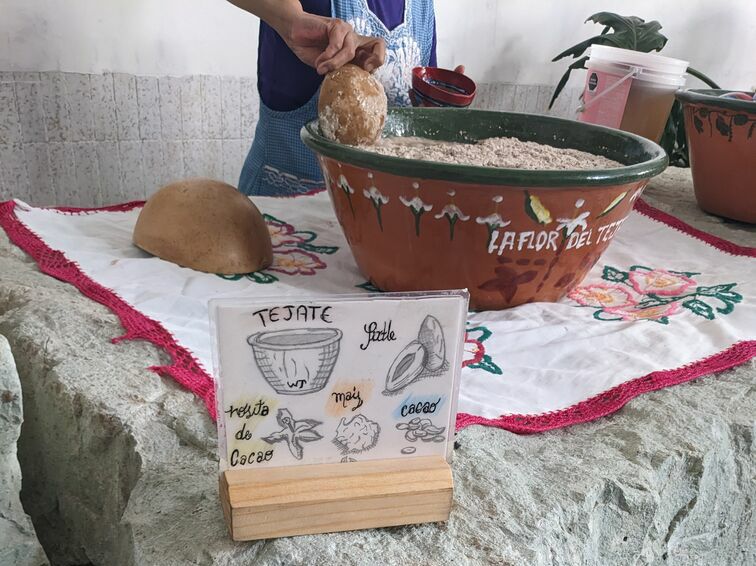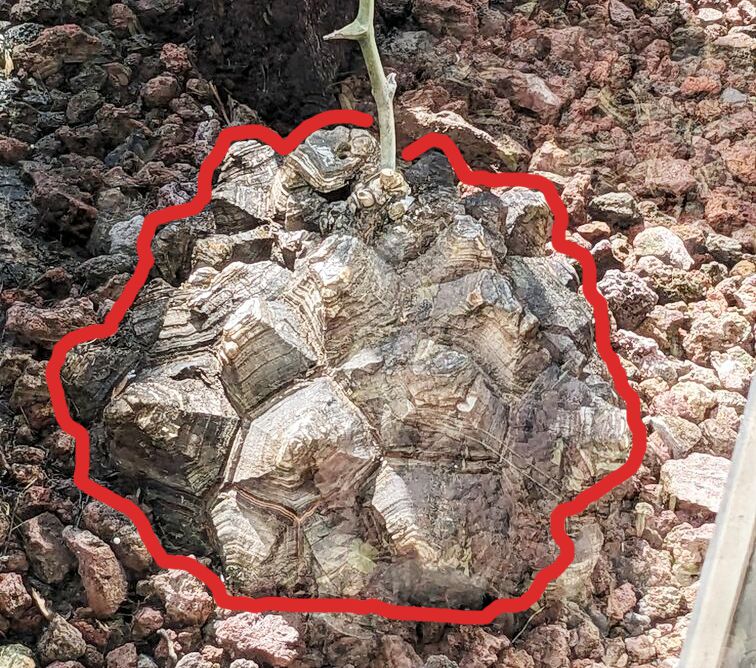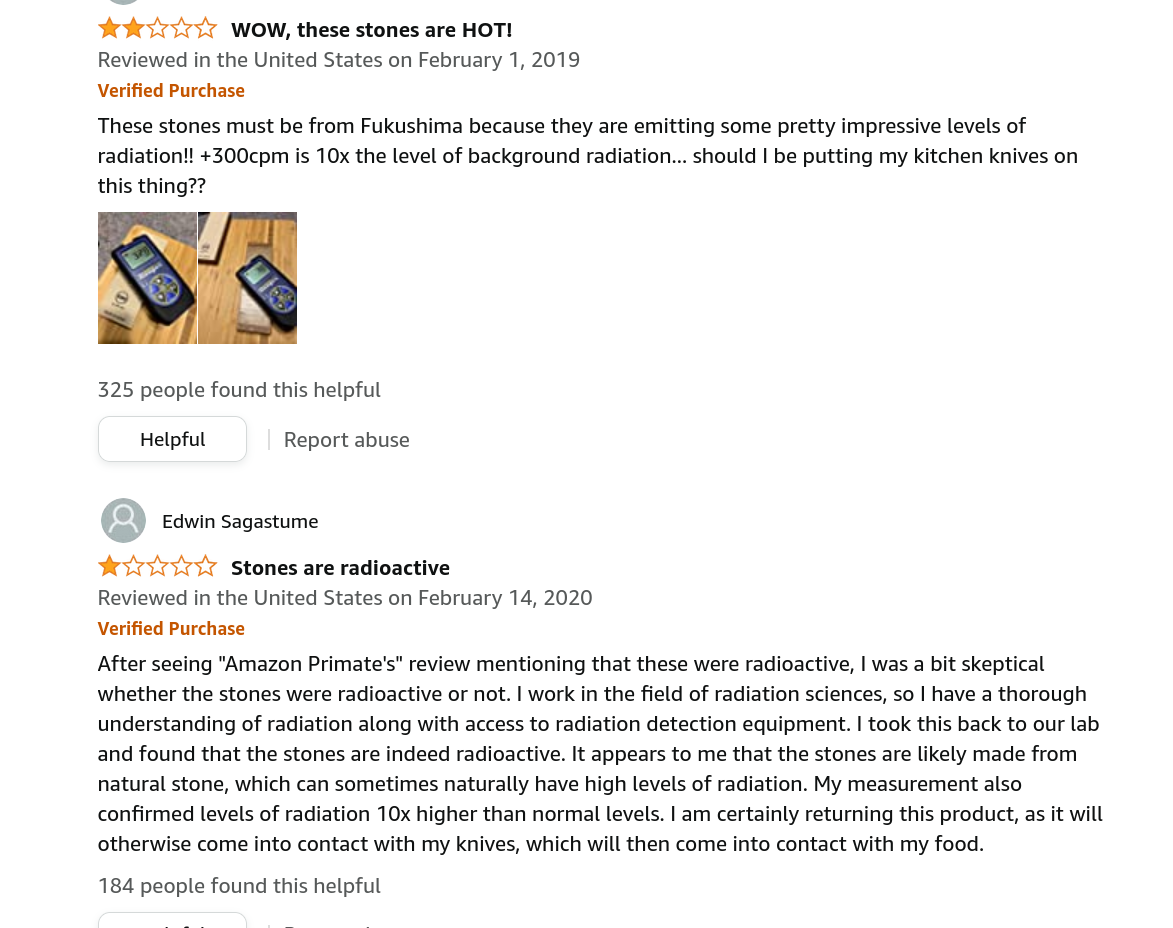Log: 1/25/2023
Food in Mexico, Junji Ito’s new show, apocalyptic 90’s violence, and radioactive whetstones.
Food in Mexico
Kira and I just returned from Mexico (Oaxaca and Mexico City) for a wedding (which was wonderful) and I got to try many foods I’ve never had before. Some of the highlights:
Nanche but only in raspados (a kind of shaved ice) form, where the fruits themselves were suspended in a kind of syrup. The syrup tasted overwhelmingly like butterscotch candies, not so much like Werthers but like the kinds that would come in unlabeled gold reflective foil and be more of a translucent yellow than a solid creamy brown. The fruit itself had some of that butterscotch taste but also tasted a bit like an Asian pear mixed with haw.
Tepache is now fairly common as a canned beverage throughout bodegas throughout New York. I’ve only ever had it from a can. This version here had a much stronger molasses taste, and more of a pungent fermented flavor. It might have been a little alcoholic, which is probably absent in the canned versions.
Tejate, which is a maize-cacao concoction that also includes pixtle, which I’d never heard of before. Had a nice foamy top and was very easy to drink.
I have no idea what this herb is, but it was a garnish on top of a lime soda I’d ordered. It was bitter and tasted like a combination of artificial chocolate scent (scratch-and-sniff chocolate), artificial peach (like the Haribo gummies), and bubble gum (but like those small Bazooka bubble gums when the flavor is almost all gone and it’s getting difficult to chew). It was interesting at first but quickly became too overwhelming.
Another herb was pápalo, which came on top of a cemita we had. I don’t remember much about how it tasted except that it was kind of like cilantro, but stronger. Separately I also had chepiche as a garnish for a tlayuda, which tasted like an even stronger version of cilantro.
I didn’t get to try “Mexican yam” but they are unique-looking plants. This one kind of looks like a katamari. It’s hard to discern its silhouette against the backdrop of rocks so I outlined it.
Lastly, Kira signed us up for an amazing cooking class where we learned to make this delicious mole coloradito (among other things).
Junji Ito Maniac: Tales of the Macabre
I love Junji Ito’s work but this new anthology series missed the mark. Part of the horror of his work is his grievously detailed illustrations and how he frames the key moment of climactic terror. You’re drawn to linger on the page and absorb each stroke of his line work. But you can’t really linger in an anime, and so the impact of each horrific turn is totally dampened. And the stories often end very abruptly. I didn’t end up finishing it.
The only adaptation of Junji Ito’s that I’ve liked is World of Horror, which I talked about back in 2021. Considering this show, it might be because that game more closely emulates Ito’s style.
Apocalyptic Violence in the 90’s
Listening to Mother Country Radicals made me curious about the similar patchwork of radical activity in the 90s. I vaguely remember hearing about the Oklahoma City Bombing and references to Waco growing up but not really learning much about it. This 1999 masters thesis, “Political Violence in the United States: Apocalyptic Typologies of Left and Right Wing Political Groups and Their Violence through the Period 1990-1997” (by Gordon Daniel Green), gives an overview of the period from the framework of “apocalyptic” (aka millenarian) movements–i.e. movements that foresaw an impending major shift around which urgent action needed to happen. In particular the imminence of the shift called for violent action (as opposed to e.g. mass political campaigns), and these actions were carried out in small groups. On the left this typology includes animal rights groups (the Animal Liberation Front), environmental groups (Earth Liberation Front, Earth First!), and anti-industrial/technology groups (Deep Ecology, the Unabomber); on the right this includes militia/patriot groups, the Rescue Movement (anti-abortion activism, the Army of God), and end-times religious groups (the Branch Davidians).
These groups tend to see the world as Manichean (good vs evil) and zero-sum (any win for the other side is necessary a loss for their side; i.e. there can be no mutual gains or victories or compromise), and motivated not by personal gain but by “a higher cause”.
The author leaves out groups focused on racism and/or anti-Semitism because they “differ from the above groups in the desired outcomes of their actions…although believing in a coming apocalyptic Race War…[they] do not seek to change the beliefs, ideology, or actions of the rest of society. They seek only to change those of white or ‘Aryan’ members of society. … A racist cannot change a black man to white, nor change a Jew into a Gentile”, though of course there’s overlap between the beliefs of these groups and the ones analyzed here.
I was struck by how these movements reflect some of the movements of the present: conspiracies around “internationalists” (“globalists” being the preferred term today), panic around “federal tyranny” and gun restrictions, paranoia around secret world governments trying to bring in the antichrist (QAnon-like), false flags (belief that the Oklahoma City Bombing was “the equivalent of the Reichstag fire that brought Hitler to power. The government is often seen as either having prior knowledge of the bombing…or direct involvement”), and so on. And of course many if not all of the same environmental and animal welfare concerns remain. Though I can’t remember seeing any major millenarian cults with apocalyptic predictions lately. And the way these groups are organized probably have changed a lot, but it reading this it feels like those changes are of a degree than of a kind (e.g. how quickly and far-reaching something like QAnon can be with social media). One major difference may be the increase in violence motivated not by a higher cause but by feeling personally slighted (male lone-wolf shooters)…though they are connected in a way, and maybe this is the extreme end of the “small group” organizational form (with a group size of one).
Graphical/node-based programming prototype
I sketched out a node-based programming tool (not the first time I’ve tried this…), in part to implement a feature I always felt was lacking in other visual programming tools. This feature is inspired by the various Firefox Vim addons (can’t remember exactly where I first encountered the feature, it was either Pentadactyl, Vimperator, or Vimium).
In the screenshot above I have a port selected (“International navigation (memo item)”, highlighted in yellow). When a port is selected, candidate input ports are assigned a sequence of keystrokes to immediately connect the two ports. The keys are limited to asdf so you don’t have to move your hand from the home row to specify the target. Saves a lot of time of dragging your mouse and trying to target the correct port.
Radioactive whetstones
I was looking to pick up a new whetstone and found a couple reviewers notice that they were radioactive??
It sounds like it’s not something to worry about (and normal):
but I can’t find any more authoritative sources.










